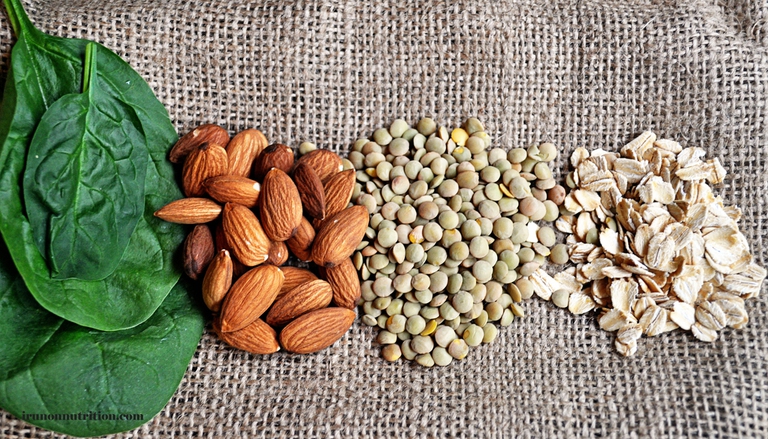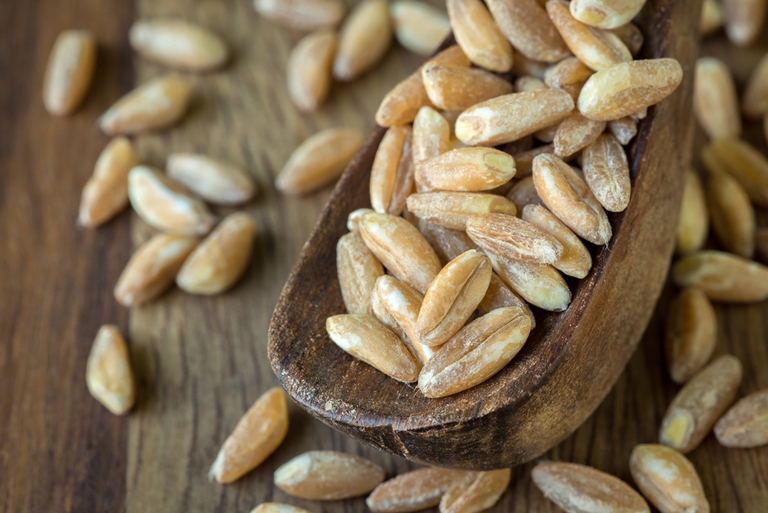
Factory farming conditions and antibiotic-resistant pathogens emerging as a result of them pose an existential threat to humans in the form of zoonotic diseases. Why it’s time to produce and consume food more thoughtfully.
Magnesium deficiency is a very common condition among people and mostly women. Here are its symptoms and how to tackle them with the right foods.
Many studies show the importance of magnesium for the vitality of the body. This mineral, indeed, is needed to make three hundreds and fifty enzymes work, presides over the functions of other minerals, fights physical and mental fatigue. We need to take appropriate amounts of magnesium but the modern diet cause more and more people to have a shortage of this mineral. The causes include: industrial agriculture and food processing (especially baking and refining) because they have dramatically lowered the levels of magnesium in the food we eat; chemical fertilisers, pesticides and acid rain, which take away magnesium from the soil and, as a consequence, from growing vegetables; the large amount of additives in foods that capture the mineral and block its functions.
For these reasons magnesium deficiency is so frequent. One of its more visible symptoms are the proneness to feel fatigued and nervous that triggers a vicious circle: the more one is stressed, the more the adrenal glands produce adrenaline and the more quickly magnesium is eliminated. Other symptoms of magnesium deficiency are excessive sensitivity, globus sensation (sensation of a foreign body in the pharynx), tachycardia, fatigue, tremors, muscle twitching, premenstrual syndrome and dysmenorrhea.
Women require larger amounts of this mineral, especially when pregnant, nursing or when they’re taking birth control pills. Growing children, the elderly and people who practice endurance sports, in conditions of extreme heat or cold similarly need large amounts of magnesium.
Whole grains, legumes, soy flour, green vegetables, cocoa, almonds, figs, bananas, shellfish, mineral water containing more than 100 mg of magnesium per litre. Vitamin D promotes its absorption.
Meals rich in fats, sweets, alcoholic beverages, excessive consumption of animal protein that inhibit its absorption.
Siamo anche su WhatsApp. Segui il canale ufficiale LifeGate per restare aggiornata, aggiornato sulle ultime notizie e sulle nostre attività.
![]()
Quest'opera è distribuita con Licenza Creative Commons Attribuzione - Non commerciale - Non opere derivate 4.0 Internazionale.
Factory farming conditions and antibiotic-resistant pathogens emerging as a result of them pose an existential threat to humans in the form of zoonotic diseases. Why it’s time to produce and consume food more thoughtfully.
The world of cinema recognises the link between food choices and the climate crisis by offering vegan menus for awards season events, including at the most important of them all: the Oscars.
Let’s look at the reasons behind the growth of veganism in India, as a small yet vocal section of the population turns towards this diet and lifestyle in the largest milk producing country in the world.
by Jeffrey Y. Campbell, Manager of the Forest and Farm Facility at FAO In the Ecuadorian Amazon, Kichwa farmers grow dozens of products on tiny parcels of land. Their lands hum with biodiversity, yielding nutritious foods that have sustained families for generations. Wandering among fruit and nut trees and crops, these indigenous agroforesters fill their baskets
Mint has many health benefits, but in food it’s often accompanied by artificial green colourings. Instead, Galatea has created a green mint ice cream in a completely natural way.
We’re talking about Galatea, a company that produces semi-finished products for artisanal ice creams using high quality ingredients, natural colouring, excluding thickeners and hydrogenated fats, respecting the environment and supporting the less fortunate.
The mad rush to fake food, like fake meat made with genetically-modified soy, ignores the importance of the diversity of our foods and culinary cultures. It’s a recipe to accelerate the destruction of the Planet and our health.
Like with all foods, the quality of an ice cream can be discerned by reading its label. An expert explains how to do this, and tells us how their company steers clear of chemicals, using only natural ingredients to produce an excellent and “free” ice cream.
Quality ingredients, no artificial colouring and hydrogenated fats. These are the main features of a great ice cream. But what makes an ice cream parlour “good”, i.e. sustainable?










